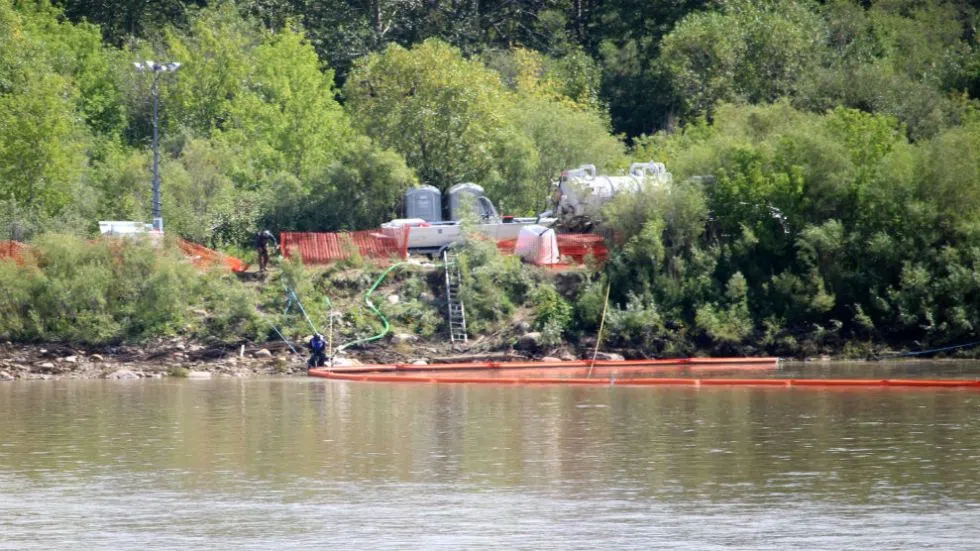
Post oil spill water samples indicate low risk to aquatic life
Water samples from the North Saskatchewan River show a crude oil spill caused a fairly low risk of impact to aquatic life, according to a report released by Husky Energy. But an expert cautions not to read too much into what these results might mean for human consumption of the water.
Dr. Kelly Scribner of the Center for Toxicology and Environmental Health explained the purpose of the report was to show the public that work is being done on how the July 21 spill may be affecting wildlife, not just the water supply for humans.
“We’re working closely with the technical experts (in) North Battleford and Prince Albert, and their waterworks folks and their technical specialists to make sure that they have all the information they need from a human health perspective, in order to make decisions in regards to their water intakes,” she said, adding the work is still ongoing. Standards for aquatic life are lower than those for humans.
The report released today, Aug. 11, stated a total of 1,400 samples were taken between the time of the spill and Aug. 7, amid the spill site and Prince Albert. Thirty-seven samples from 23 locations exceeded the guidelines for aquatic life for a solvent called toluene. Scribner explained while the solvent is commonly found in crude oil, it is also present in bug spray and sunscreen. Scientists also found it in water samples taken upstream from the spill site.


